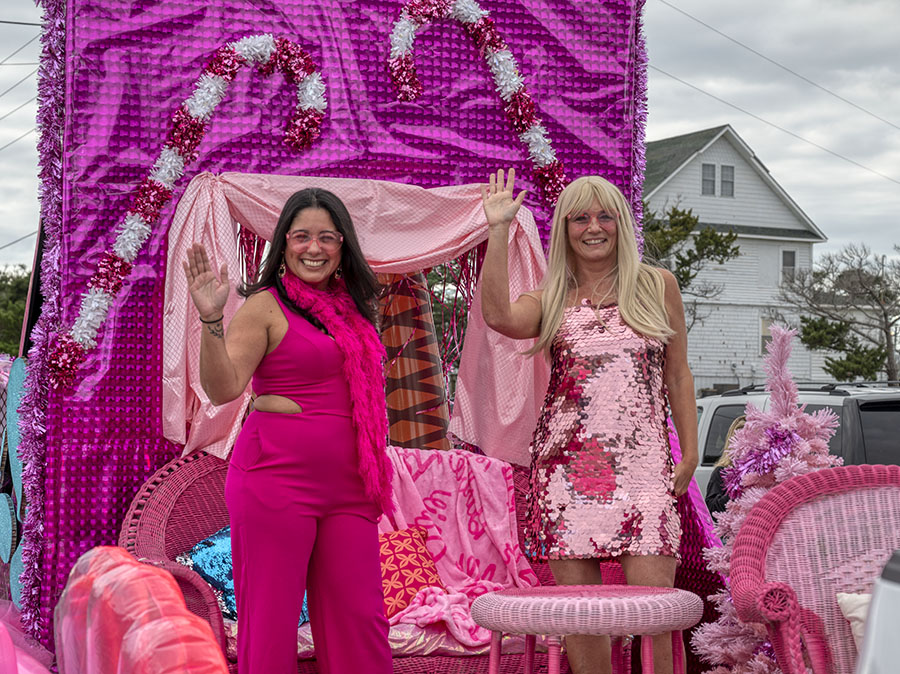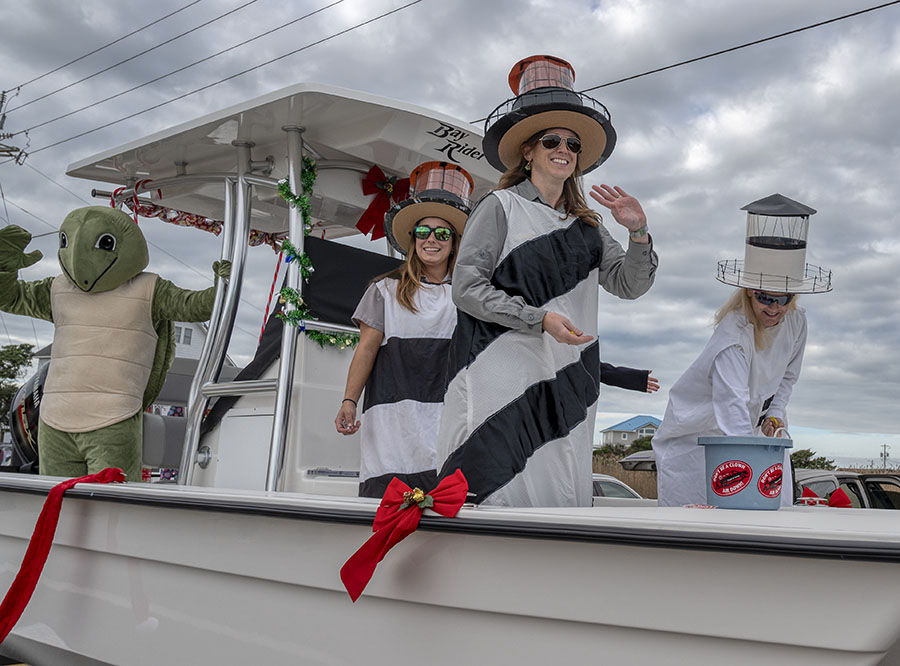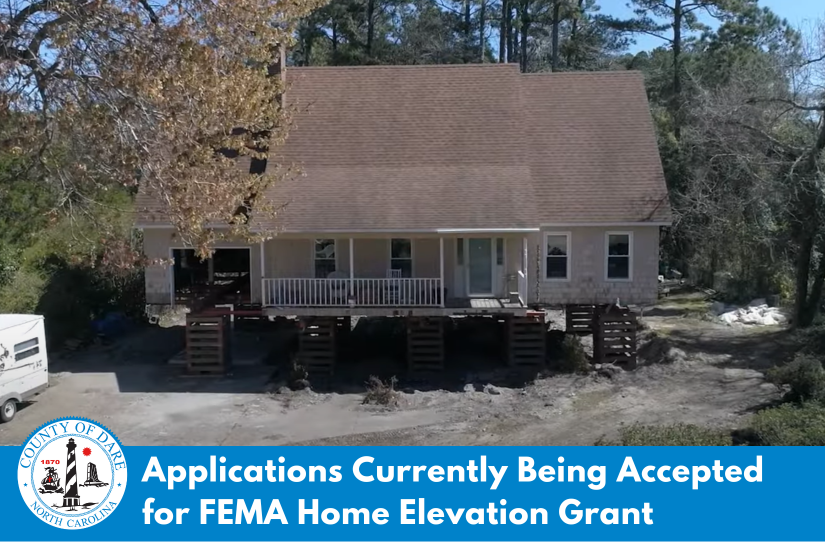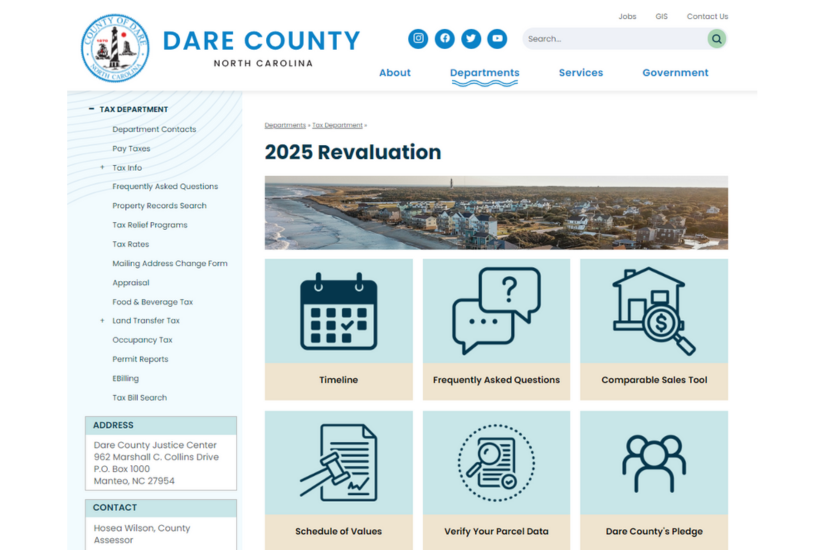Night Sky: Four meteor showers, and more highlights for November

Come to California
This is the NGC1499, the California Nebula! It’s a very large emission nebula that has a visual magnitude of +5.0. NGC1499 starts in November just above the NE horizon and can be seen with the naked eye. But don’t expect to have an easy time finding it. Finding the California Nebula can prove to be a challenge even with high-powered binoculars. If you do decide you want to look for NGC1499, it is located about 20 degrees to the left and 12 degrees above the Pleiades.
NGC1499 was discovered by E. E. Barnard in 1884 and is about 1800 light years away from us.

NGC7293, the Helix Nebula is another large, bright nebula that’s visible in November. On Nov. 1, the Helix Nebula will be about 33 degrees above the Southern horizon. This Helix Nebula can be found with binoculars or a telescope. It’s the closest planetary nebula to Earth – a mere 650 light years away. It is about 16 minutes in diameter; that’s roughly half the size of the full moon. The Helix Nebula has a visual magnitude of +7.6.
What you can look for in November’s Night Skies
Start your morning by checking out Venus in the pre-dawn eastern sky. Venus will rise at about 3:30 a.m. and be 35 degrees above the horizon at 6:30 a.m. With a visual magnitude of -4.3, it’s simply stunning!
After you look at Venus, turn around to the west and look at Jupiter just above the western horizon.
You can also see Jupiter in the eastern skies right after sundown. Uranus will follow it about 30 minutes later. Uranus is usually difficult to spot with the naked eye, but I think the clear skies that are expected behind this week’s cold front might offer a rare opportunity to view it on Wednesday or Thursday before the waning moon rises. Uranus will be located between Jupiter and the eastern horizon. It will appear to be a faint star that doesn’t twinkle.
There are four major meteor showers in November. The Orionids peaked in October, but they are still active through November 22. The Southern Taurids peak on the night of November 5 and the Northern Taurids peak on November 11. The Leonids peak on Nov. 17.
The Southern and Northern Taurids can be seen most of the night, but the best time to look for shooting stars is always after midnight. The Northern Taurids is renowned for Halloween Fireballs, so don’t wait until the peak before you go out looking for shooting stars.
As the name implies, both the Southern and Northern Taurids appear to emanate from the constellation Taurus. Taurus is easy to locate since the Pleiades are located near the center of it. And if you don’t know how to find the Pleiades, you’re lucky; simply look for Jupiter. Right now, it’s only a few degrees above the Pleiades.
The Leonids meteor shower is also known for fireballs. If you go out in the morning to check out Venus, you might get lucky and see a Leonid fireball right above it
Moon Phases:
Last Quarter is November 5
New Moon is November 13
1st Quarter is November 20
Full Moon is November 27
















